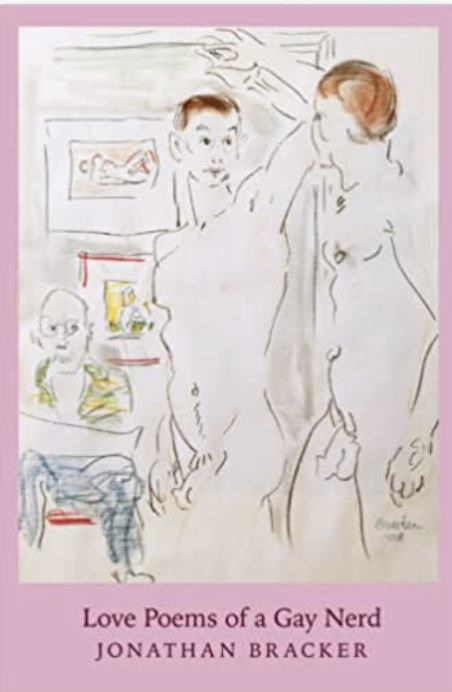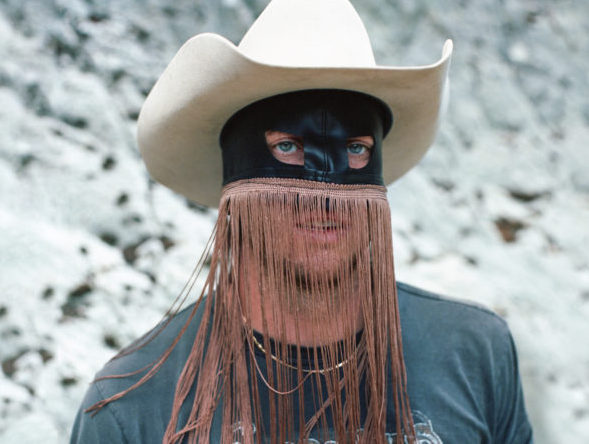Reading A Short History of Queer Women by Kirsty Loehr is like being strapped on a rocket hurtling through time. From speculating on the sexual practices of prehistoric women to commenting on 2021 TV fare, Loehr offers her take on the presence of lesbians throughout history in a brief, small-format book. It’s a raucous ride, and it dispels the tired question posed by Loehr herself: Why can’t lesbians be funny? Of course, much of lesbian history isn’t funny at all, but this is not a reverent work, nor an academic one. You won’t find an index or footnote here.
A bit like a lesbian Who’s Who, all the famous names make an appearance. Sappho, the Amazons, the pirate Anne Bonny, Queen Anne, the Ladies of Llangolen, and Ellen DeGeneres are all there. Particular attention is paid to three well-known Lotharias of their day: Anne Lister, Natalie Clifford Barney, and Vita Sackville-West. These famous lovers lived unconventional lives in which they expressed their sexuality freely, leaving broken hearts behind but forever expanding the way lesbians could operate in society. They were revolutionaries, but they were also members of the privileged class, which allowed them to get away with things that scullery maids could not. Another famous lesbian lover, Tallulah Bankhead, had the best line in the book. On being introduced to someone, she said: “Hello, I’m a lesbian. What do you do?”
The book is by no means limited to the history of white women. Loehr has researched Asian, Middle Eastern, and African lesbians and gives an account of Black lesbian Americans during the era of Second Wave Feminism in the 1970s. It all combines into a quick read that is funny, informative, surprising, and entirely worth the effort.
Anne Laughlin
Brother Alive is an ambitious debut novel about three adopted brothers growing up on Staten Island. Youssef, Dayo, and Iseul are raised by Salim, an imam who keeps the boys at an emotional distance, never giving them hugs or affection. As adults, they learn why. Youssef follows Salim one night and discovers the man with whom the imam spends his evenings. Later, the boys reunite to take revenge on the people who persecuted their parents. Adding a magical realist touch is Brother, a shape-shifting creature who is gay—and visible only to Youssef. Youssef “feeds” Brother knowledge and memories. Perhaps serving as a counterpart to the gay but sexless Youssef, Brother’s origins are explained later in the novel.
Salim narrates the second section as a letter to the boys, describing his life in Saudi Arabia and his relationship with the boys’ parents. He also reveals his involvement in a shadowy, vaguely sinister group. Salim escapes, but at a terrible cost. The second and third sections feel more like science fiction than the first, as the boys join a newly built high-tech city in Saudi Arabia and stage an elaborate break-in for a dramatic confrontation. Although intelligently written, all the literary and philosophical references vanish in the novel’s critique of capitalism, use of magical realism, and forays into the techno-thriller and revenge genres.
Charles Green
Nathan Leopold and Richard Loeb’s murder of fourteen-year-old Bobby Franks, once known as the “crime of the century,” riveted the nation in 1924. Jazzed is a transgressive, sapphic retelling of Leopold and Loeb featuring Wilhelmina “Will” Reinhart and Dorothy “Dolly” Raab as wealthy musical prodigies living in Jazz Age New York. Jazzed uses a queer feminist lens to create a fast-paced story with strong female leads. The novel is divided into four parts chronicling the timeline of the crime and is told through their alternating points-of-view.
Young and rich, Will and Dolly are two geniuses about to enter their first year at Barnard College. Will, whose mind is mainly occupied by ornithology, quantum physics, and music, finds Dolly beautiful and exciting because her life is filled with jazz, Harlem nightlife, and the rebellious lifestyle of a flapper. As roommates at Barnard, Will’s lust for Dolly grows, while Dolly strings her along in an erotic, if frequently transactional, relationship. This leads Will to engage in subversive and criminal acts. They both fear that their relationship will be discovered by their friends and family. When the threat becomes a reality, they devise an intricate plan to kidnap a child for ransom that would give them the money to start over in another country. They become inextricably bound by crime and passion.
Jazzed holds closely to the actual events, except for location, with well-researched details of music, Harlem night clubs, and social issues like immigration and eugenics. For those who like historical fiction, true crime, and/or gender play, this novel has something to offer. Those who look for complex character development through interiority and motivation and the like may be disappointed.
Monica Carter
Jonathan Bracker has an expansive capacity for falling in love. Now in his eighties, his background as a scholar of poetry and self-taught artist blends its way into this collection of cheerfully gay love poems, in which his imagery is deliciously physical without being crude. Many of the poems involve gentle touching and tender sensuality, such as the many ways of appreciating a lover’s hair. There are also delightfully practical questions living in these poems. In the first part of “How I Sometimes Look At Hugs,” we all recognize the basic question: “Hugs are too/ Ambiguous/ How long to continue to hold?/ When to let go?/ How warmly press?/ How much suppress?/ Hugs are contact/ With ridiculous tact.”
Some of the poems address the ways in which gay poets interact with the larger history of gay poetics, as in “Attempting to Get Through to Housman.” A number of them focus on relationships between older and younger adult men, which he handles in a way that is both sensitive and practical. The sheer utility of an older gay man, knowledgeable in the ways of the world, helping to acculturate an intelligent, attractive young man is acknowledged and discussed from the perspective of a poet whose life experience has spanned many decades.
Alan Contreras
Thirty-four-year-old Orville Peck is a country star whose love of the pedal steel and a well-worn Western sound is shaking the foundations of country music. Peck told Out magazine (July 2022): “If you watch the classic old Westerns, there’s pretty heavy-handed homoeroticism put into it. A lot of those Italian directors had some sugar in their tank, if you know what I’m saying.” Proud of the sugar in his tank, Peck withholds a lot about his upbringing in South Africa, and he wears a Zorro-like mask on his face at all times. The follow-up to his 2019 debut, Pony, is another equine title, Bronco, and he’s still crooning about bad boyfriends and broken relationships.
In the country tradition, Peck feels a strong attachment to place, and nearly half of the album’s song titles refer to a town, a city, or a just some turn-in-the-road (e.g. “Lafayette,” “Kalahari Down”). His debut, with track titles such as “Kansas (Remember Me Now)” and “Hexie Mountains” was no different. There are some campy jokes along the way. In “Queen of the Rodeo,” he croons: “Don’t be down girl, this world is a bummer.” He possesses a deep, Presley-like baritone, but his overall sound is somewhat derivative. For the tenth anniversary of her Born This Way album, Lady Gaga recruited Peck to create a “country road” version of the title song. The last track on Bronco, a dazzling duet with bandmate Bria, is a reprise of the album’s first song (“Daytona Sand”). With the release of his second album, it becomes less and less clear why he persists in wearing a disguise.
Colin Carman










